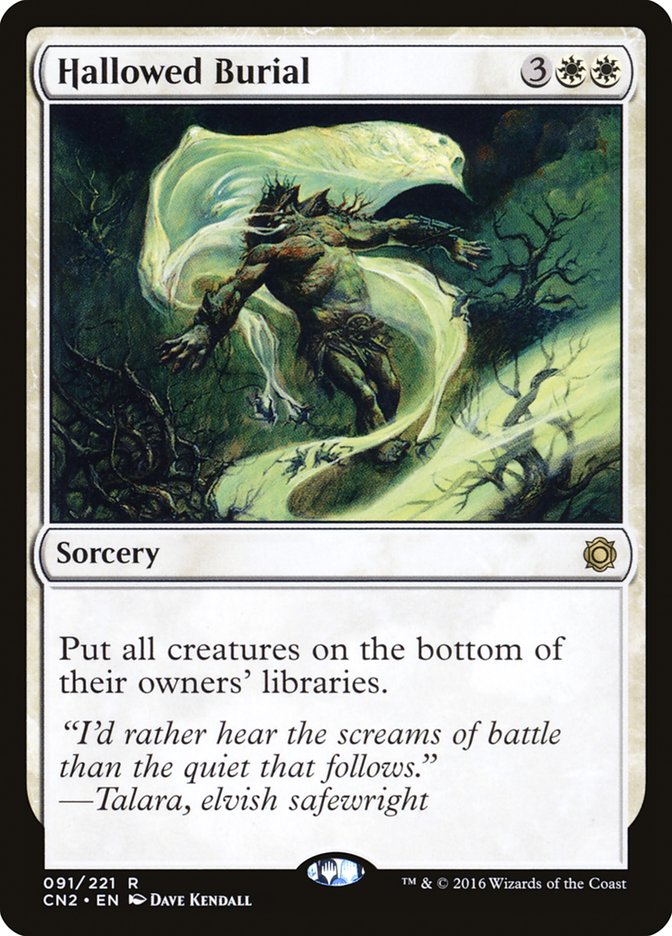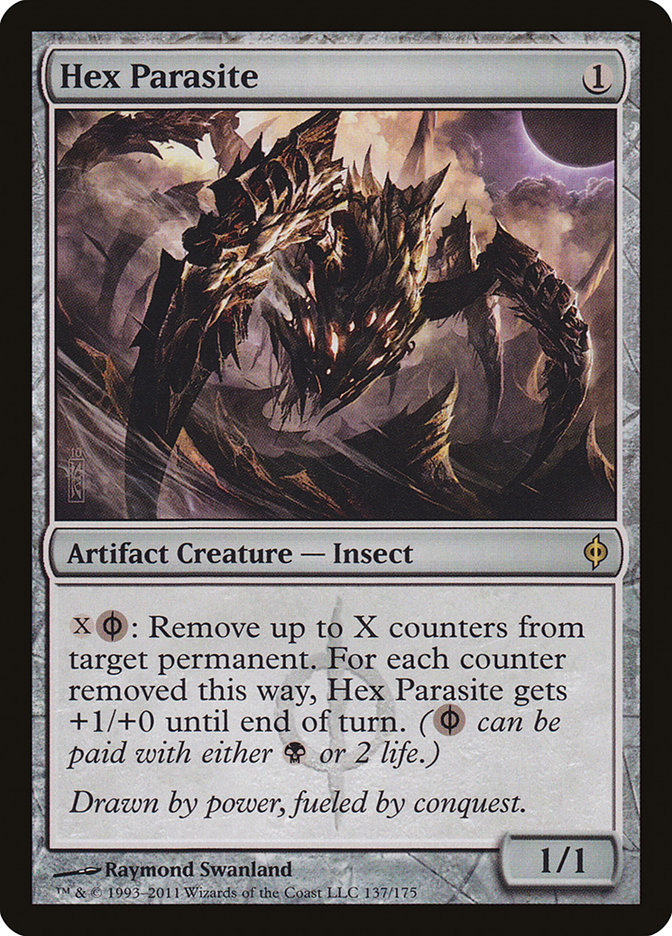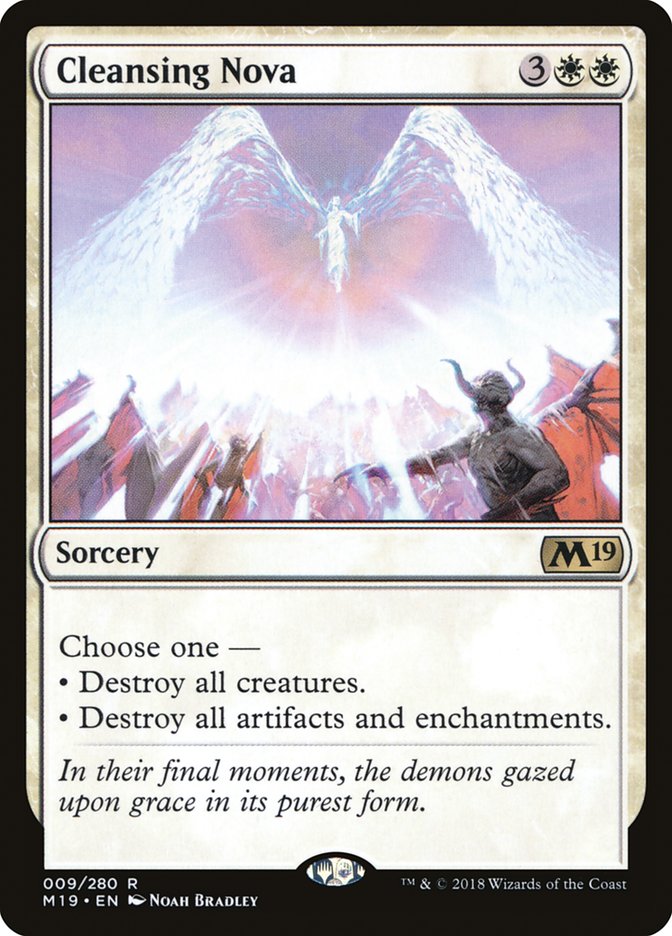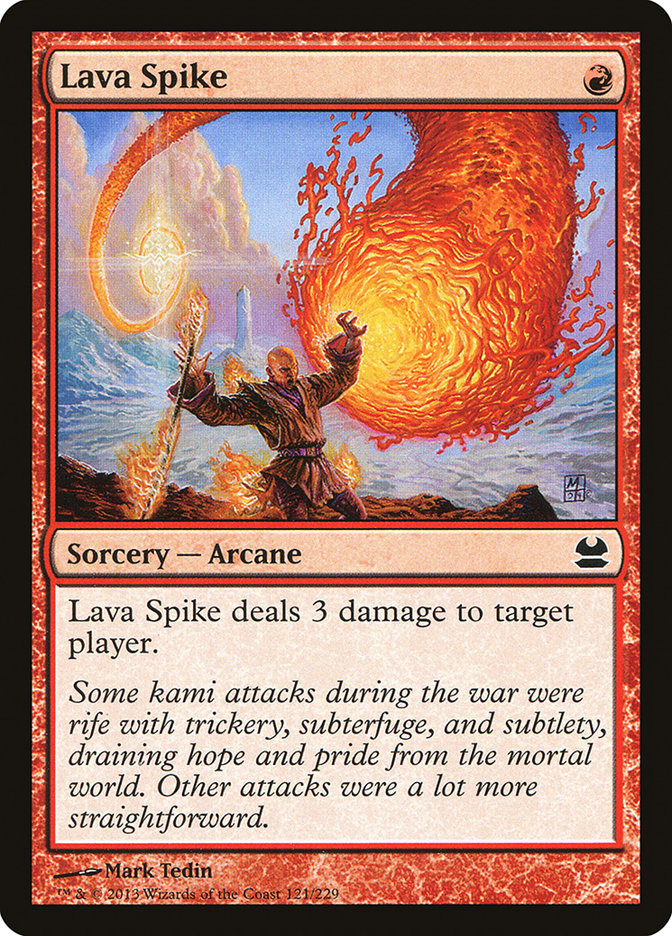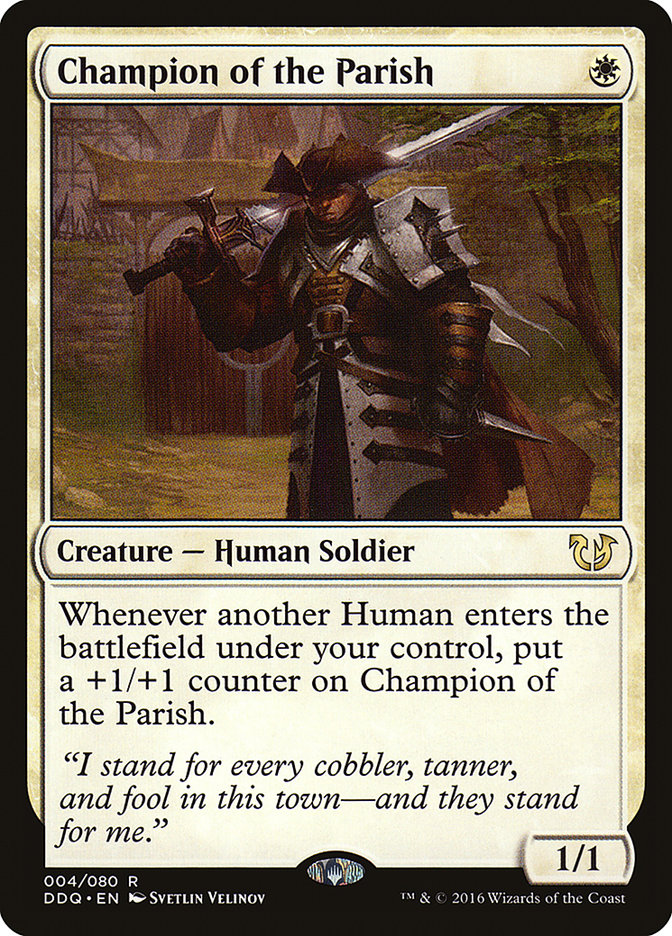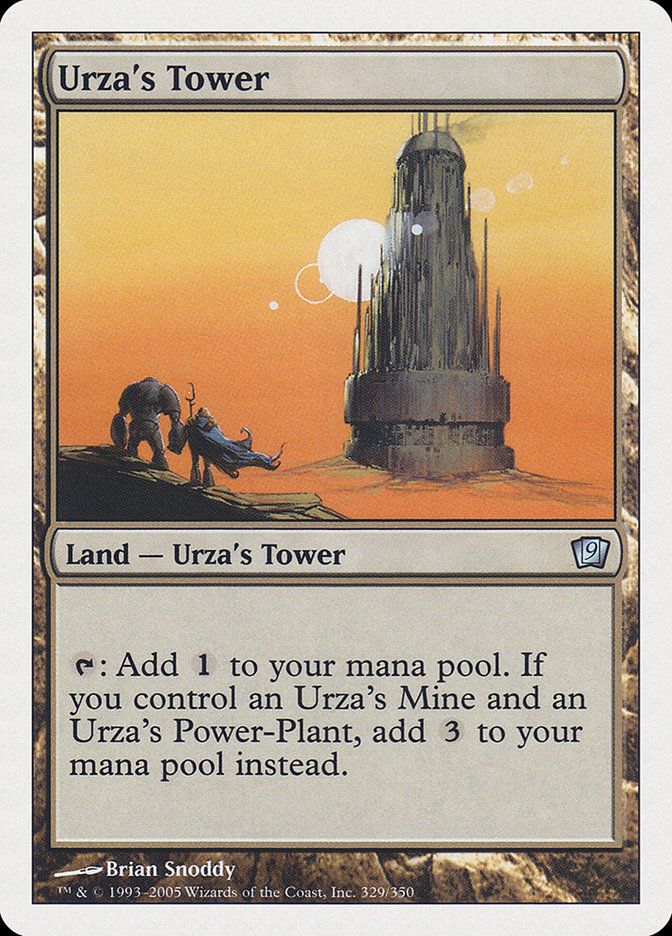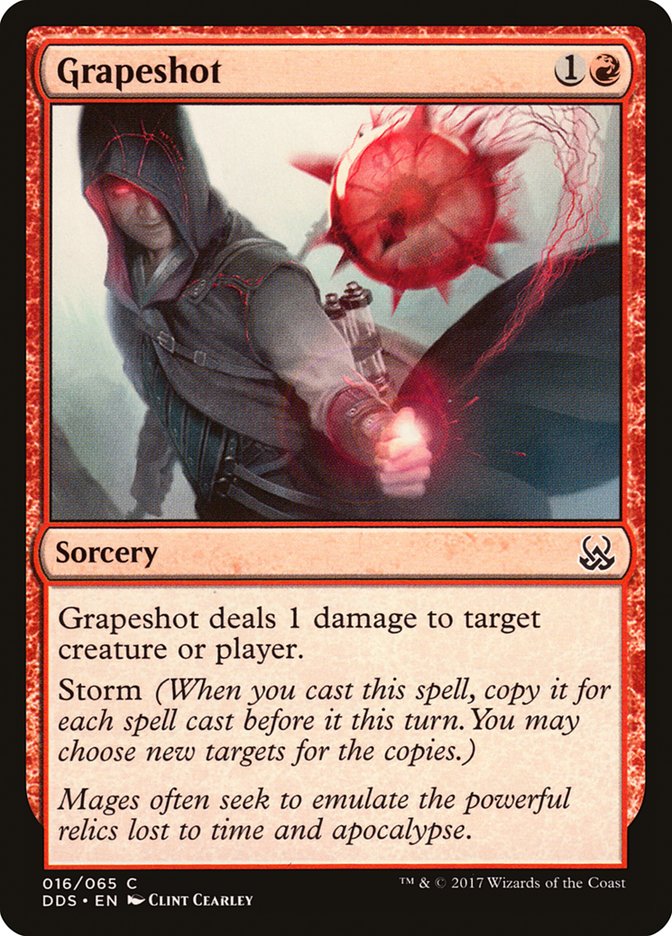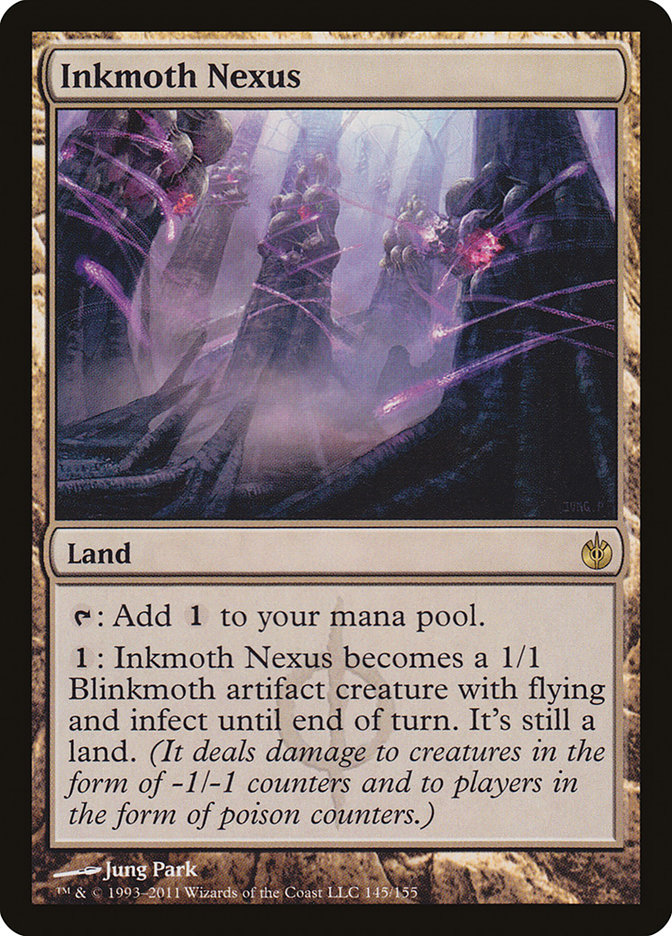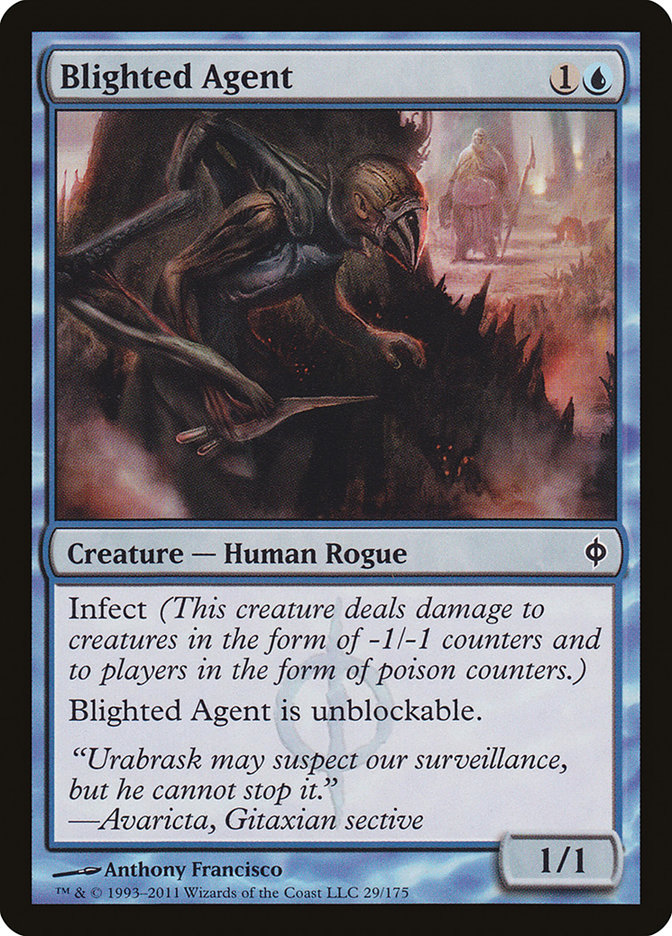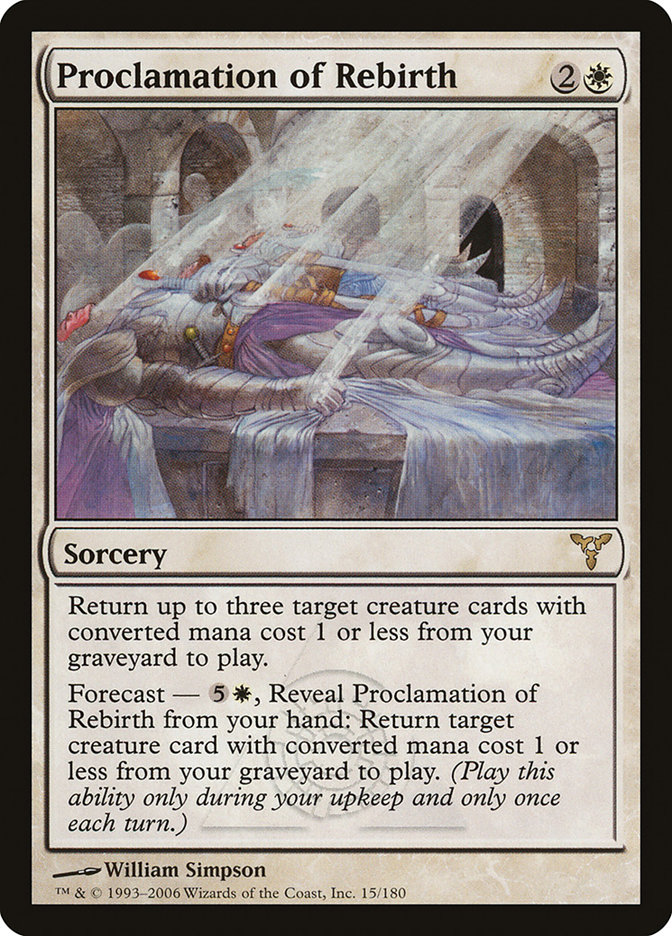Uhhhhhhhhhhhhhhhhhhhhhh…
Creatures (24)
- 1 Kami of False Hope
- 4 Martyr of Sands
- 4 Ranger of Eos
- 4 Serra Ascendant
- 4 Squadron Hawk
- 1 Sun Titan
- 1 Archangel Avacyn
- 4 Thraben Inspector
- 1 Walking Ballista
Lands (16)
Spells (20)

What…?!
This deck won a PTQ, in a format where people can play Humans, Ironworks,
Storm, Tron, Affinity, U/W Control, and any number of other completely
overpowered strategies, a deck with Hallowed Burial, Day of Judgment, Hex
Parasite, Archangel Avacyn, and Cleansing Nova won a PTQ in Modern. This is
not a drill.
It beat Amulet Titan in the finals, a high-powered deck with potential
turn-3 wins and incredible consistency in finding powerful tutor targets,
with nothing but a few copies of Ghost Quarter and Field of Ruin to defend
itself.
It beat U/W Control in the semifinals, a powerful Planeswalker-oriented
deck with countermagic and Terminus to properly defend the incredible
Teferi, Hero of Dominaria. It seems on the surface like this would be an
atrocious matchup for MartyrProc, but somehow Gobo2009 won.
In the quarterfinals, it beat Hardened Scales, one of the new busted decks
in a long line of broken Mox Opal and/or Ancient Stirrings strategies, a
deck that incidentally wins nearly half of its games via Inkmoth Nexus’
poison counters. Can’t Martyr your way out of that one, especially when
Throne of Geth and Animation Module can both sneak death through past any
number of intervening blockers.
What’s the deal?
Now, before we begin, a disclaimer. I’m a Martyr of Sands aficionado from a
long time ago. Back in 2007, before I had played any real competitive Magic
tournaments, the Magic Scholarship Series came to town, and I decided that
my best shot at success in that Standard format was to prey on the huge
numbers of Rakdos and Selesnya Aggro decks with a little one-drop from Coldsnap. I wasn’t much in the skill department, but my metagaming
was on-point. I snuck into the MSS Nationals at the Last Chance Qualifier,
and voila!
Creatures (11)
Lands (23)
Spells (26)

The deck was a bit on the slow side, but a 7-3-3 record still counted as a
min-cash finish. It still brings a smile to my face to look back at my
first competitive brew after over a decade of competitive Magic.
When I saw that someone had used the same general strategy that I had
played so many years ago and found success with it here in contemporary
Modern, it immediately piqued my interest. So, let’s figure out how this
mismatched pile of cards succeeded on MTGO and what future exists for the
deck in Modern.
Metagame-wise, Martyr of Sands is highly favored against Burn and decently
ahead against Humans. Two of the most common aggro decks in the format as
squarely favorable matchups is an excellent place to start building an
overall win percentage equity. Unfortunately, there are quite a few tougher
matchups on the unfair end of the spectrum.
Tron, for example, is not a very good matchup. You need a bunch of Ghost
Quarters and Fields of Ruin, but the problem is that even while disrupting
their Tron lands, you can still just lose to a normal bunch of land drops
into a Karn Liberated or Ugin, the Spirit Dragon. It’s awfully difficult to
hold off the full Tron for too long, and they even run Relic of Progenitus
to attack your graveyard recursion synergies. Tron simply goes over the top
of your gameplan with an unanswerable suite of heavy hitters. If you expect
a lot of Tron, this is not the deck to play.
U/W Control, though, is a surprisingly winnable matchup, considering how
potent Squadron Hawk is against their deck. They need to grind through an
awful lot of Hawks and Ranger of Eos, both of which offer a lot of diverse
pressure through multiple removal spells. Granted, Teferi, Hero of
Dominaria will frequently generate an emblem that ends the game, given the
density of protective elements in U/W Control and the slow pace of most
games, but with proper management of threats this is not an unbeatable
matchup.
Jeskai Control is very similar to U/W Control, with the benefit that your
Ghost Quarters and Fields of Ruin become straight land-destruction faster,
as Jeskai runs out of basic lands before U/W Control does. I’d actually
call Jeskai Control an even or slightly favorable matchup for this reason
(and the fact that they have fewer sweepers and more weak targeted
removal).
Storm is a difficult matchup, simply because when Storm is really rolling,
it can generate 60 or more damage in a single spectacular turn. With a
cost-reducer on the battlefield, there are eight ritual effects, four
Manamorphoses, two Grapeshots, and Past in Flames to rebuy all of them for
potential storm counts in the upper twenties. The one saving grace is, if
you sacrifice Martyr of Sands three times before Storm gets to combo off,
it can be impossible for Storm to win. With very little serious disruption
from MartyrProc, this is a hard matchup, but it’s fortunately still pretty
rare in the Modern metagame (though I expect that to change in the coming
months).
Affinity is a favorable matchup, fortunately, as the deck makes it hard to
win with regular damage and packs enough ways to answer Inkmoth Nexus that
it’s difficult for Affinity to sneak in a win via poison counters. Hardened
Scales Affinity, by the same token, is relatively easy. It can grind
slightly better than Affinity, and it can present resilient battlefields
with cards like Hangarback Walker that defy a single sweeper, but on
average the matchup is positive for the control deck.
Hollow One is relatively easy as well, being a creature deck at its core
with limited ways to break through a padded life total, plentiful sweepers,
and a card like Serra Ascendant. Dredge and R/B Vengevine are slightly more
difficult because of their higher power level, but should nonetheless fall
behind against Martyr-Proc. The presence of sideboard graveyard hate only
helps the white deck gain matchup equity.
The surging Infect strategy, of course, is a difficult matchup for obvious
reasons, as a single protected Blighted Agent is basically game over. Like
Storm, Infect has fallen out of favor in past months, but it should be
coming back in the next swing of the metagame and provide a nice incidental
counter to MartyrProc, if such a thing ever somehow becomes necessary.
Mardu Pyromancer is…unclear. Both decks grind in very non-traditional
ways, but I’d hazard a guess that MartyrProc is ahead due to Ranger of Eos
and Squadron Hawk out-distancing Young Pyromancer and company. I could be
mistaken, though, as the heavy discard component is incredibly potent
against a deck as reliant on a full hand as this one!
SImilarly, Jund and Abzan Midrange are favorable matchups for MartyrProc
due to the futility of casting Liliana of the Veil against Squadron Hawk
and Ranger of Eos. Like Tron, MartyrProc goes over the top of the midrange
Thoughtseize decks.
And yes, MartyrProc is likely ahead against my beloved Grixis Shadow deck,
although Grixis Shadow maintains enough of an unfair component to be able
to sneak through a win against anything. Once a Martyr or two gets
sacrificed, though, it’s all over.
Of course, it wouldn’t be a Modern metagame discussion without the current
combo scourge, Ironworks. Of course, Ironworks is not very easy for this
deck to beat. Game 1 should be a complete and total rout in favor of the
Ironworks player, and games 2 and 3 both hinge on you drawing your few
copies of Stony Silence, Damping Sphere, and/or Rest in Peace, both of
which can be cleanly answered by the Nature’s Claims that are sure to be
hopping out of opposing sideboards.
But what’s this? Ironworks is nigh-unplayable on MTGO in its optimal
configuration, due to the high number of game actions required to execute
the full combo? A metagame with an artificially depressed number of
Ironworks decks does sound pretty attractive for Martyr of Sands…
It’s clear that without the online restrictions that make infinite combo
decks like Ironworks and Abzan Company unplayable, Martyr of Sands decks
would be almost completely laughable as serious choices. I cannot, in good
conscience, recommend this deck to any serious Grand Prix or SCG Tour
player for paper play, and I don’t think it will be tearing up the local IQ
or PPTQ scenes any time soon. For someone who wants to play on MTGO,
though, it’s a different story, and here’s why.
I have come to learn the dark secret behind what would ordinarily seem like
a wholesome Wescoe-approved mono-white deck. It turns out that Gobo2009 got
the PTQ victory by timing out opponents in both the semifinals and the
finals, leveraging the same feature of Magic Online that renders infinite
combo decks unplayable: the chess clock.
That’s right, this deck won the PTQ by gaining a ton of life, so much life
that an opponent could not win in a reasonable time frame and letting them
choke to death on their own round clocks. By very carefully managing stops
and playing ultra-fast Magic early in the round, it’s possible to gain a
time bank advantage and then just remove all but one stop to just loop and
sacrifice Martyr of Sands each turn for a win that requires opponents to go
through too many steps.
Against U/W Control (which was the semifinal matchup for this deck), that
means they must land a Teferi, emblem the Teferi, exile your Mistveil
Plains, and eventually run you out of cards in your library (or ultimate
Jace, the Mind Sculptor). This is easier said than done, and with only 25
minutes per round to do this twice, the matchup on MTGO goes from close but
unfavorable to highly favorable. Is this a travesty? I don’t think so, but
there is a gray area surrounding a win that comes from manipulating the
structures and restrictions inherent in the online client.
In the finals, the same thing happened. By gaining enough life with Martyr
of Sands each turn and by destroying the powerful Sunhome, Fortress of the
Legion and Slayers’ Stronghold with Field of Ruin and/or Ghost Quarter,
Martyr of Sands can outpace Primeval Titan and eventually just lock the
opponent out. Gaining enough life quickly is ironically a death sentence
for the opponent, and a slow timeout is the eventual outcome.
It’s odd, seeing how many extreme strategies can pop up in the corners of
the Modern metagame by abusing certain unforeseen quirks of Magic. Lantern
Control started the trend when it abused its lopsided control of a resource
that had never before been seen in the upper echelon of competitive Magic,
locking out the top of an opponent’s library with some very unfamiliar
artifacts.
Ironworks uses a strange aspect of Magic’s cost payment rules to abuse
loops with an unbeatable mana and recursion engine, establishing a full
infinite combo by overpaying for the cost on Chromatic Star and its ilk.
Abusing the Comprehensive Rules? It takes a real mad genius to find that
one.
And now, MartyrProc abuses the limitations not in the rules engine, but in
the code that makes MTGO tick, by turning the clock itself into a resource
that can be used to defeat an opponent. This quirk, more than Lantern or
Ironworks’ particular tricks, is a bit more overtly irksome because it
doesn’t feel like it should be allowed. Losing to timing out on MTGO is
more frustrating than even the most hopeless Lantern lock or the most
snobbish opponent explaining the Ironworks loops.
Be prepared to manage your clock as precisely as possible in the rare event
you get paired up against MartyrProc on MTGO, and heaven forbid you end up
playing the mirror match. I’m confident that it would get to a point where
the best thing to do is just remove all stops and try to run the opponent
out of clock as quickly as possible.
That, or just play Infect. The fun police have been off-duty for far too
long.


